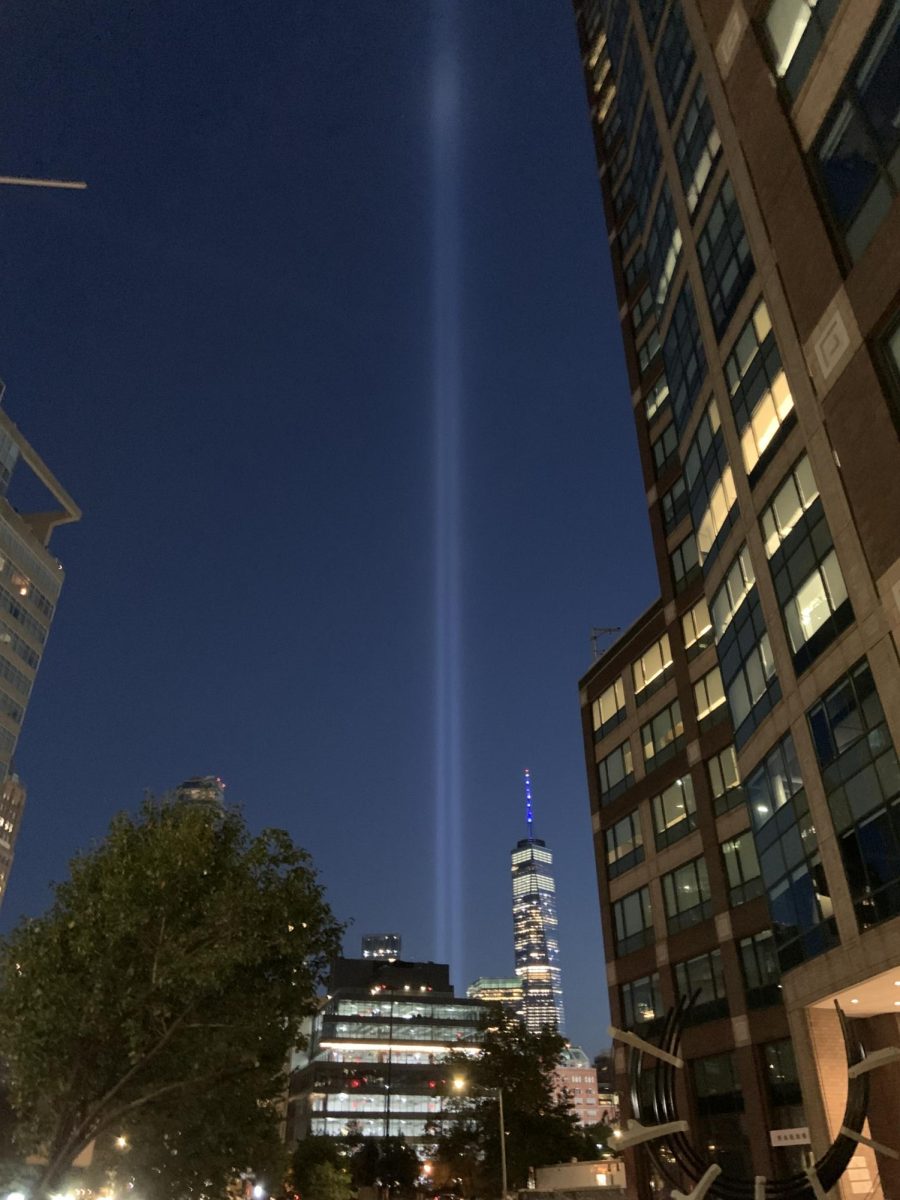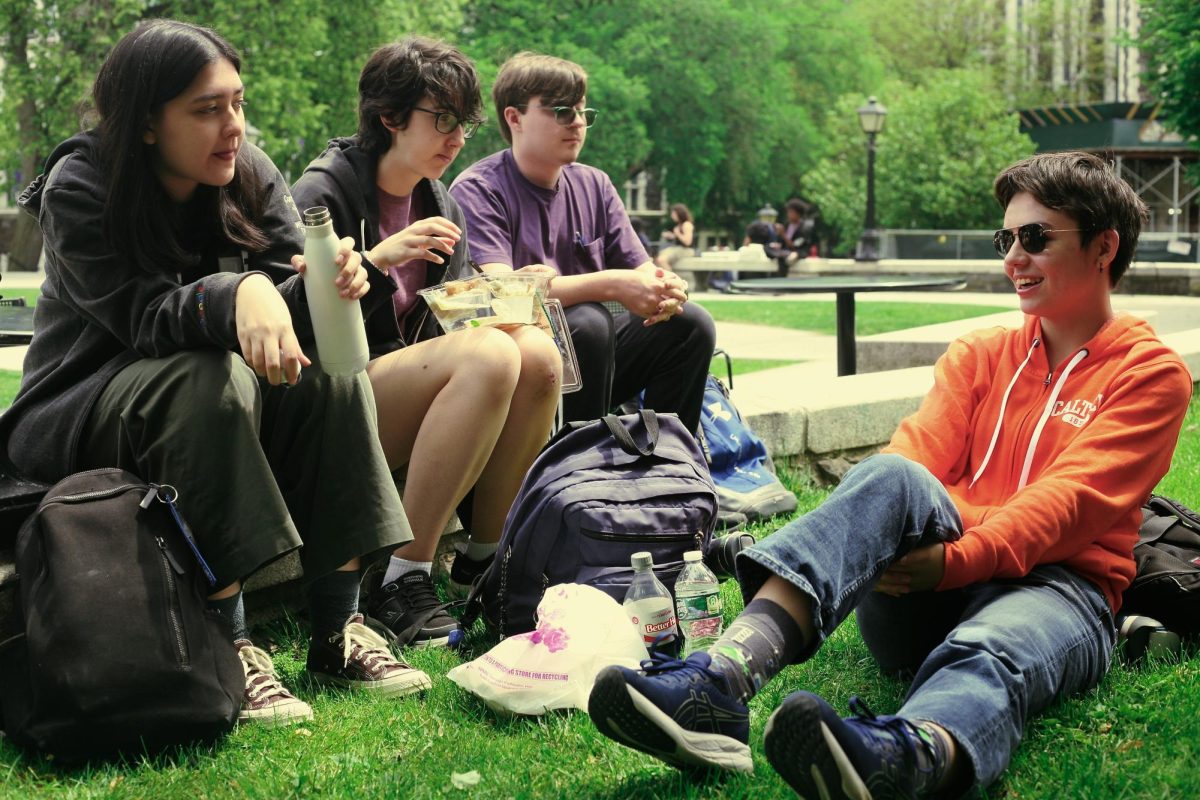Someone needs to break down the code and address the gender imbalance in tech fields, both at our school and in the world. Especially for (but not limited to) STEM, “Why would I want to do this if no one else is doing it?” is a common mindset that adolescents, particularly young girls, fall into. Admittedly, I began to think like this myself when I tried to join HSMSE’s coding club both this year and last year—every single person in line to sign up was a guy.
In defense of our esteemed coding club members, I doubt that there was an invisible criteria saying “NO GIRLS ALLOWED” on their sign up sheet. The lack of girls in HSMSE’s coding club could just be a coincidence; after all, the ratio of girls to boys in our school is 7:13, meaning that there are almost twice as many boys as there are girls. But the enormous gender imbalance isn’t limited to our school, or even our city or state; the lack of women in the software industry is an international mess. This doesn’t excuse HSMSE’s skewed gender distribution; rather, HSMSE’s gender distribution is evidence of this huge problem. Need more proof of this imbalance? In 2022, the percentage of women who were software developers was around 5.17%, while men made up 91.88% of the world’s coders (the remaining 2.95% were members of the non-binary or genderqueer community). To all the gals surrounded by immature boys saying “This is how it should be!”, please use a time machine to transport them to the Middle Ages—their outdated standpoints don’t belong in 2024. This extreme lack of diversity is problematic because the software industry will continue to grow without considering the perspectives and ideas of all computer users. If we want to have accurate representations of ourselves in code, we need a diverse set of programmers behind the screen, all over the globe.
But how exactly does a disparity this large occur? Although the sexism that has existed for decades plays a large role in the STEM gender gap, it’s not right to point fingers at the individual men of today. Another significant reason why technological fields are so male-dominated is because women don’t see them as viable career options, which is a result of sexism, but nowadays, most men are just accomplices rather than direct perpetrators. Reshma Saujani, the founder of the Girls Who Code organization, describes it best: “So many women I talk to tell me that they gravitate towards careers and professions that they know they’re going to be great in, that they know they’re going to be perfect in, and it’s no wonder why. Most girls are taught to avoid risk and failure.” This often leads to women choosing jobs that, more often than not, are stable and “feminine,” such as nurses, teachers, or therapists. There’s nothing wrong with these kinds of occupations; they’re respectable, constantly needed in society, and important for helping the community. The problem comes from the source of these aspirations, which are often influenced by outside criticism—or, even worse, “advice.”
There are dozens of ways women are told “NO” in society, while being manipulated into thinking it’s for their own benefit. Someone on a hacker news site even went as far to declare that “women simply aren’t as good at programming as men are.” Another popular way of disencouraging women? “Coding is a dying profession,” as exclaimed by NVIDIA’s CEO Jensen Huang. Combined with social media, the threat of AI taking over, and the stereotypes of both coding and the female gender itself, some girls may feel intimidated by a field in which they are warned they aren’t guaranteed to achieve excellence, and decide that coding isn’t a considerable career choice worth pursuing.
However, the women who do enter the world of software would describe it as quite the opposite. Juliette Carson (‘27), an HSMSE student and friend of mine, talked to me about how coding is not only an outlet of creativity for her, but has also helped her learn more about environmental science: “What I have done [with coding] is using predictive models, algorithms, and other types of stuff to find, understand, and address patterns in data. By using those patterns with AI predictive models, I can predict upcoming trends based on environmental data to continue those patterns. I really do enjoy just applying code.” Juliette’s experience reflects what many women in tech have found—coding isn’t just about writing lines of code; it’s about solving problems and exploring new ways of understanding the world. Coding has the capability to act as a bridge between different fields, STEM-related or not. The ability to analyze data, automate processes, and create algorithms can make a profound impact in any domain. With the help of organizations like Girls Who Code, which provide the resources needed to build confidence and computer skills, girls are starting to realize that impact is just as achievable for women and people of all other genders as it is for men.
Nevertheless, the gender gap in STEM is still an enormous challenge to overcome. The path forward requires both a major cultural shift and decisive, concrete action so that women are inspired to enter STEM fields, especially software engineering. To do that, we need to dismantle the stereotypes and other barriers preventing girls from pursuing STEM careers and foster an environment where they can thrive—one where failure is seen as a part of the learning process and not a setback—in order to overcome the obstacle that is systemic sexism. The future of technology is bright, and it’s essential that everyone has the opportunity to shape it regardless of gender. So, for those thinking about entering coding or any STEM field, remember this: your perspective is invaluable, your voice matters, and the world needs your contributions. The time to start coding our future is now, and that future is one we can all build together.






























![[ERROR]: Lack of Women in the Software Industry](https://theechohsmse.com/wp-content/uploads/2024/12/APC_0280-984x1200.jpeg)









